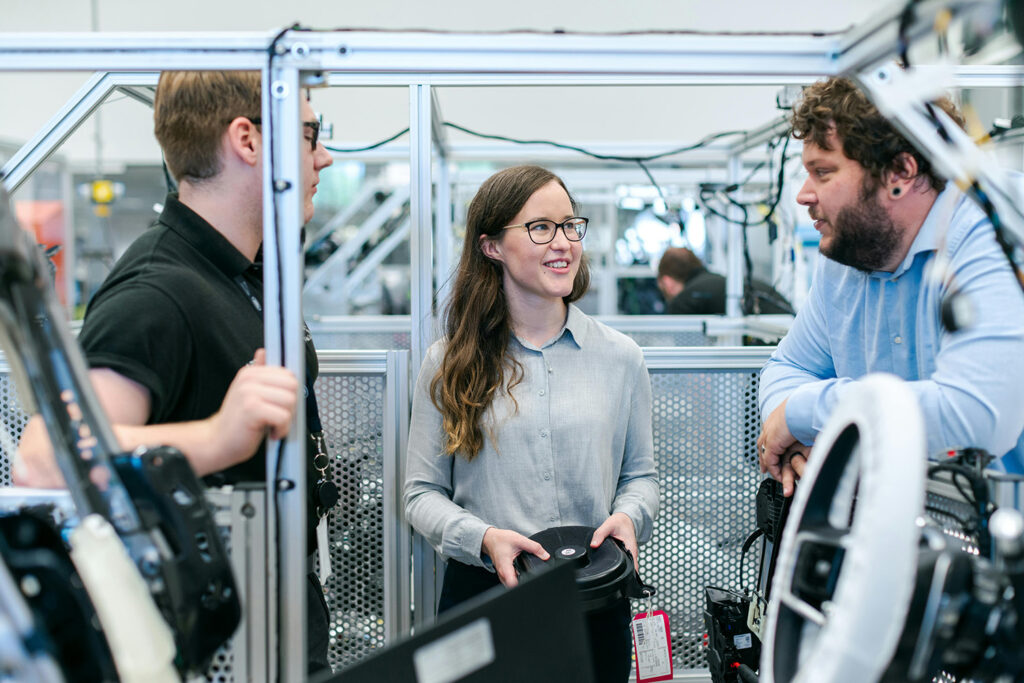The Glory Days of Pimp My Ride
In the early 2000s, MTV’s Pimp My Ride took the world by storm. Hosted by rapper Xzibit, the show was a high-octane mix of hip-hop culture, over-the-top customisations, and automotive bling. Each episode followed a simple formula: take an old, beat-up car and transform it into something jaw-droppingly outrageous.

From PlayStation consoles and fishtanks to DJ turntables and even popcorn machines, there were no limits to what the West Coast Customs team (and later Galpin Auto Sports) would do to a vehicle. The crazier the idea, the more it fit the vibe of the show. It wasn’t just about restoring a car—it was about expressing personality, style, and sometimes sheer absurdity.
A Cultural Phenomenon
The show became a pop culture juggernaut almost overnight. Teenagers dreamed of having their battered old hatchback turned into a mobile nightclub. Catchphrases like “Yo dawg, I heard you like…” became internet memes that still surface today.

What made Pimp My Ride different from other car shows was its flair for the ridiculous. It wasn’t about performance or practicality—it was all about making a visual statement. And it made for addictive viewing.
But Things Weren’t Always What They Seemed
As with many reality shows of the era, not everything was quite as it appeared on screen. Over the years, former contestants have come forward to reveal the behind-the-scenes reality of the programme.
Some of the more extravagant modifications weren’t functional—or were even removed after filming. One participant revealed that their car’s hi-tech features, including an in-boot smoothie maker, were only temporarily installed and later taken out for legal or safety reasons.

Others complained that the mechanical condition of the cars wasn’t always addressed properly. While the exteriors looked incredible, some engines remained unreliable, and fixes were largely cosmetic.
From Fame to Fizzle
So what led to the downfall of Pimp My Ride? Several factors contributed:
Changing viewer tastes: As audiences matured, the appetite for novelty mods and flashy paint jobs began to wane. People wanted substance over spectacle.
Criticism of excess: The show came under fire for promoting wasteful consumerism and encouraging impractical design choices.
Behind-the-scenes drama: Rumours of unhappy participants, along with revelations that some work was faked for the cameras, tarnished the show’s credibility.
By 2007, MTV pulled the plug, and Pimp My Ride rolled off into the sunset, leaving behind a legacy of neon underglow and chrome wheels.
The Legacy Lives On
Despite its fall from grace, Pimp My Ride remains a nostalgic favourite. It represents a specific era of TV where entertainment meant pushing boundaries—and taste levels—to the extreme.
It also kickstarted a global trend in car modification, inspiring spin-offs and similar shows across Europe and beyond. Even today, it’s hard to see a modified car without thinking of Xzibit’s grin and the sound of compressed air lifting hydraulics.
Popcorn Machines and Lava Lamps
Of course, Pimp My Ride wasn’t just about alloy wheels and spoilers—it was about bringing personal dreams to life through wild ideas. Over the years, the team installed:
- Popcorn machines
- Arcade games
- Lava lamps
- Shoe racks
- Even window shutters!
Pimp My Ride may be gone, but its spirit lives on in memes, nostalgic YouTube compilations, and the occasional second-hand car still rocking a built-in aquarium.
It was a show that reminded us that cars could be more than just transport—they could be fun, expressive, and totally over the top. And whether you’re modifying your motor or just giving your home a makeover, the right touches can make all the difference.


